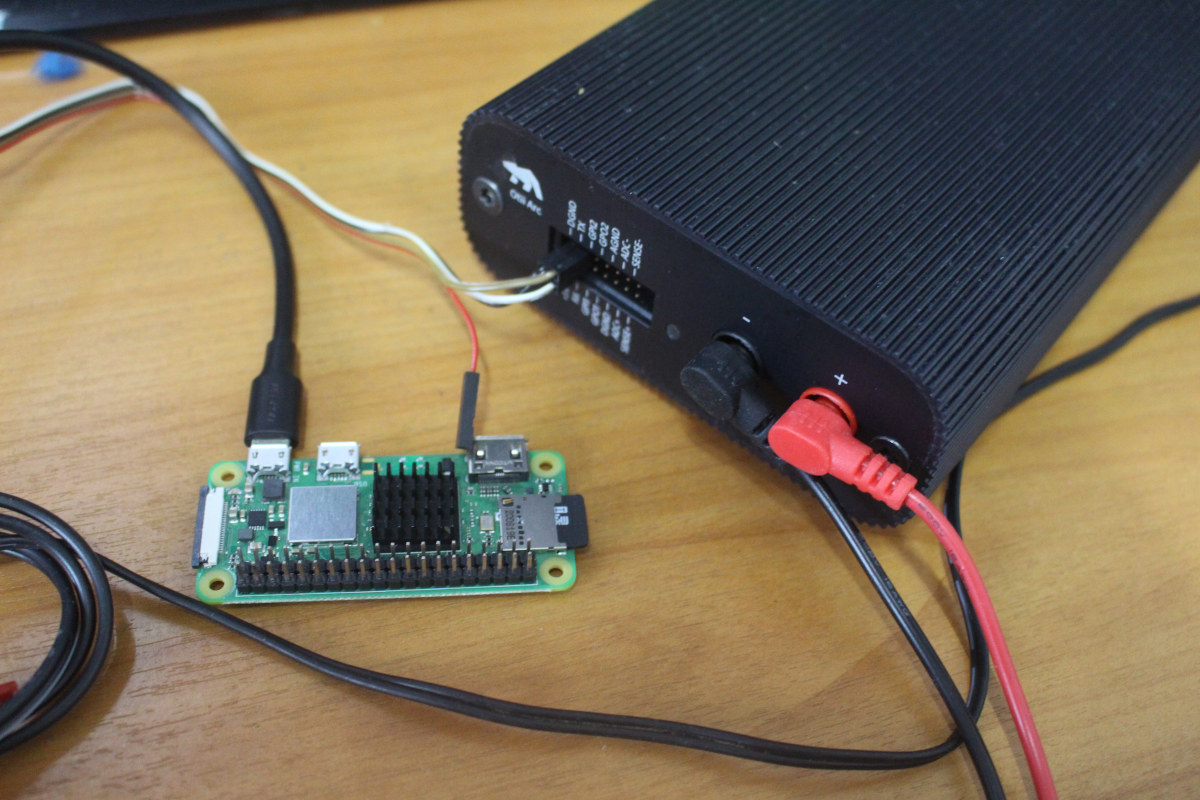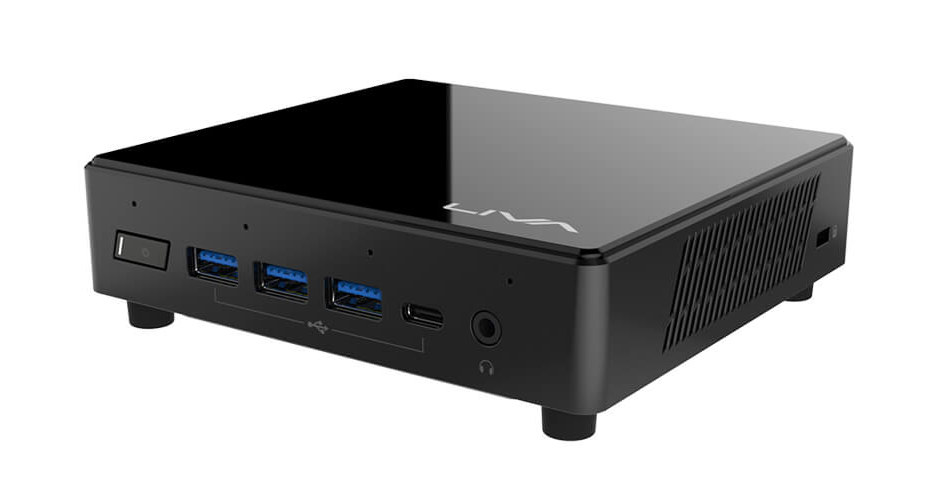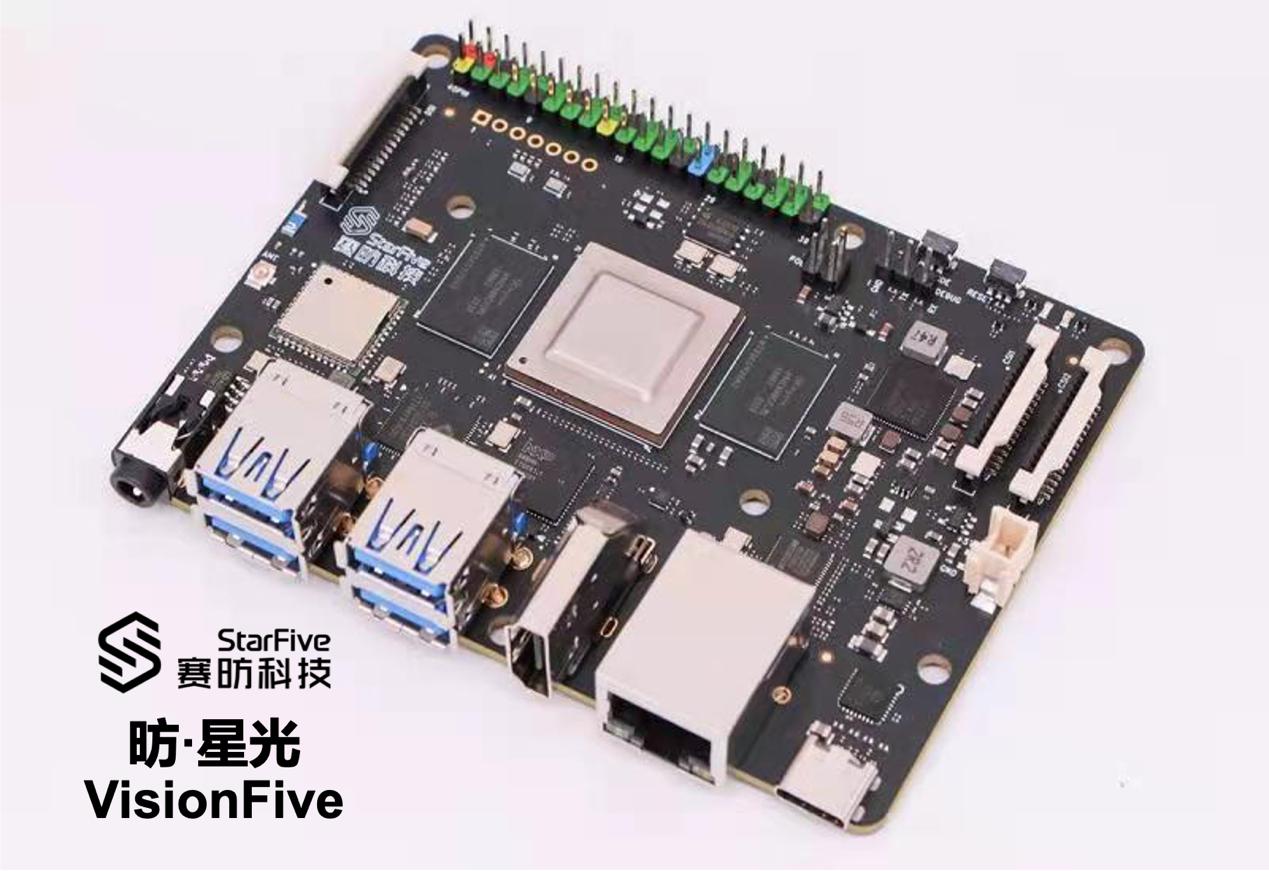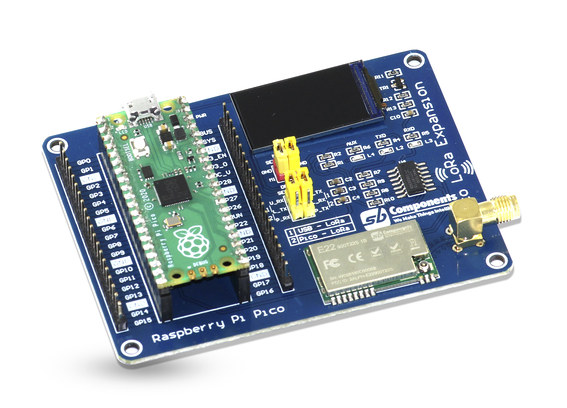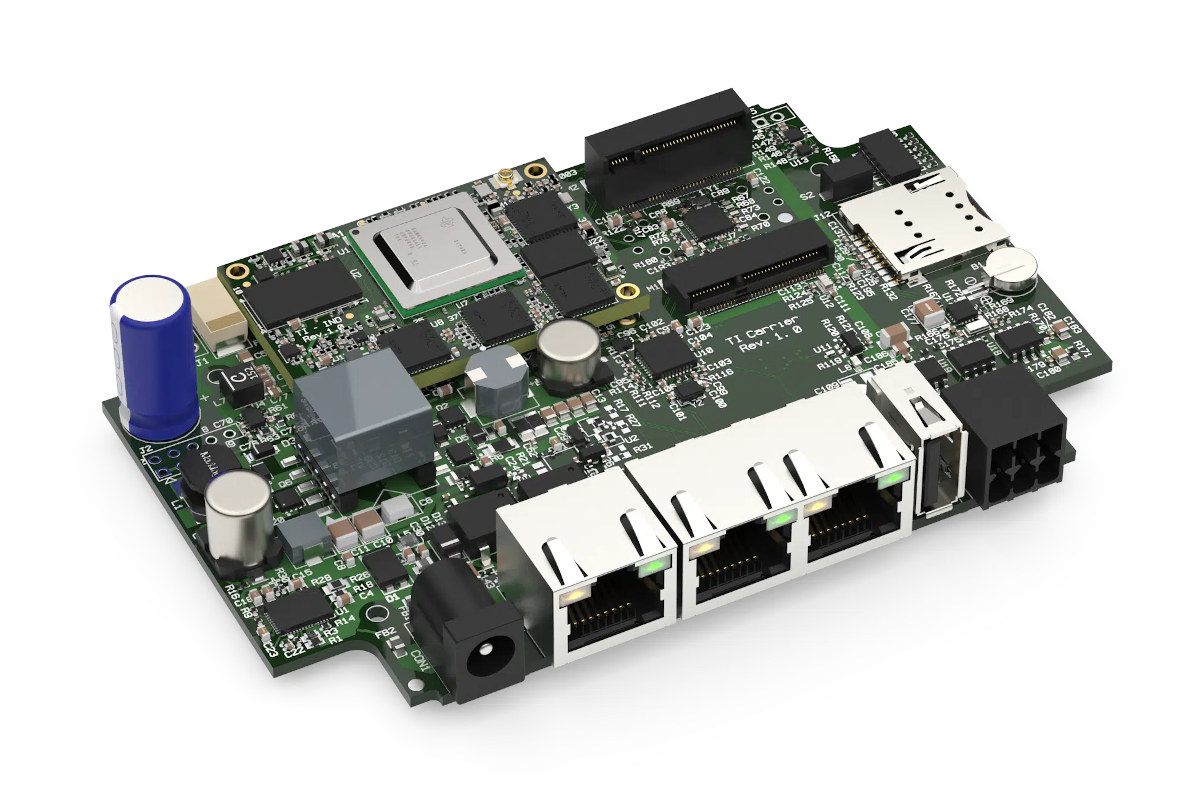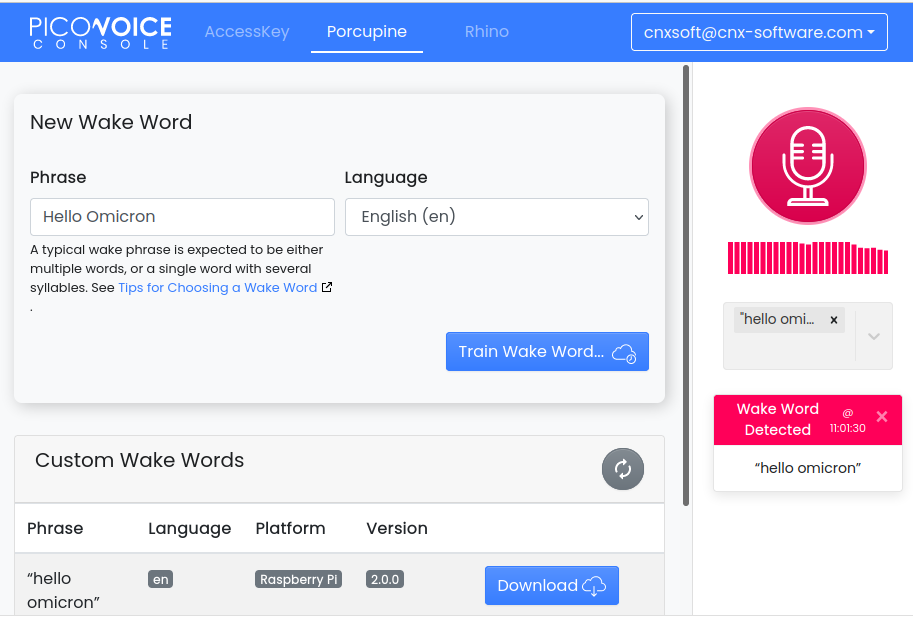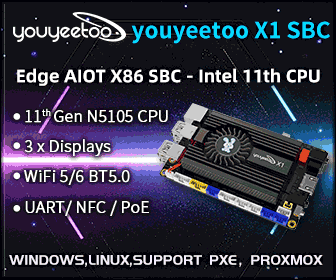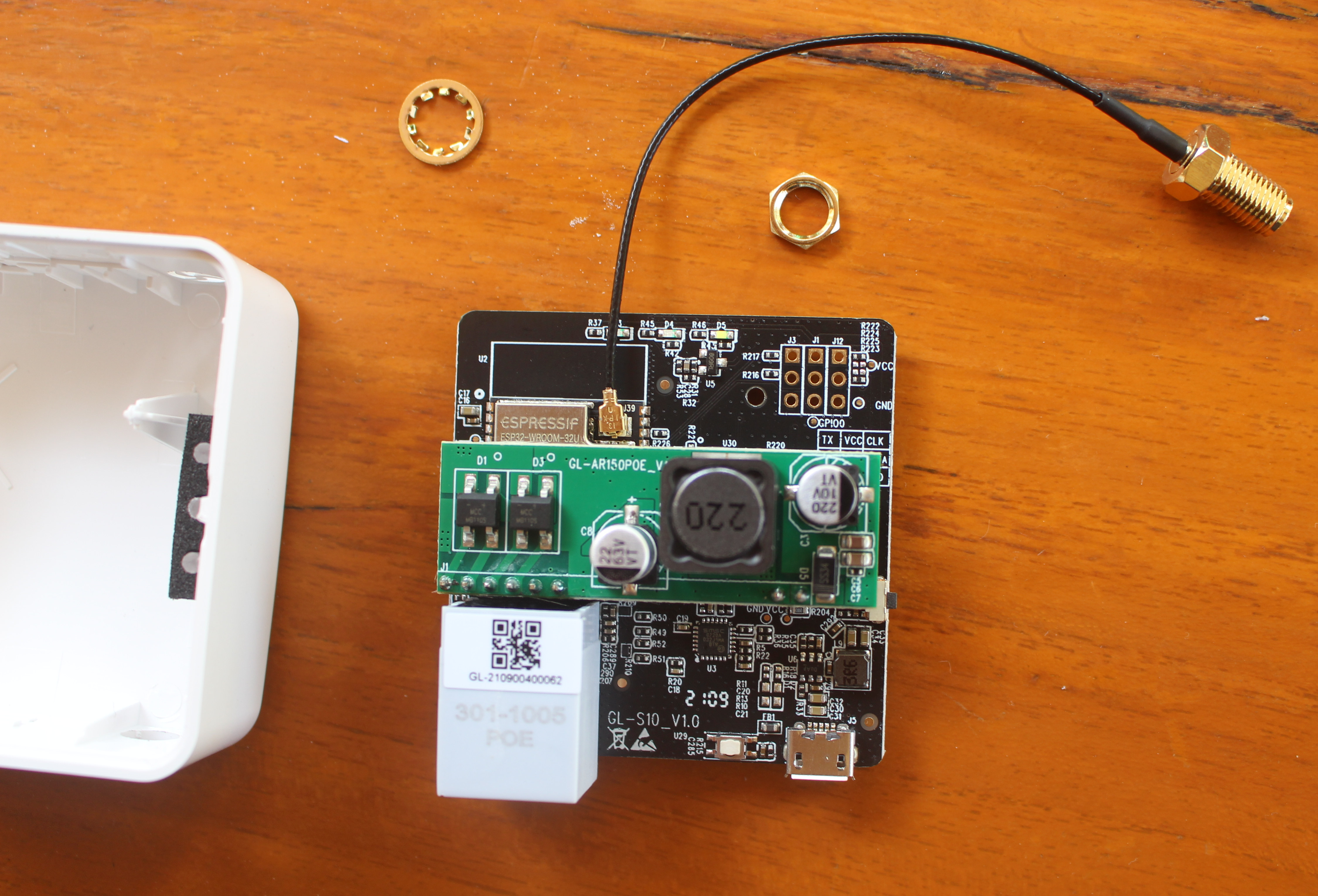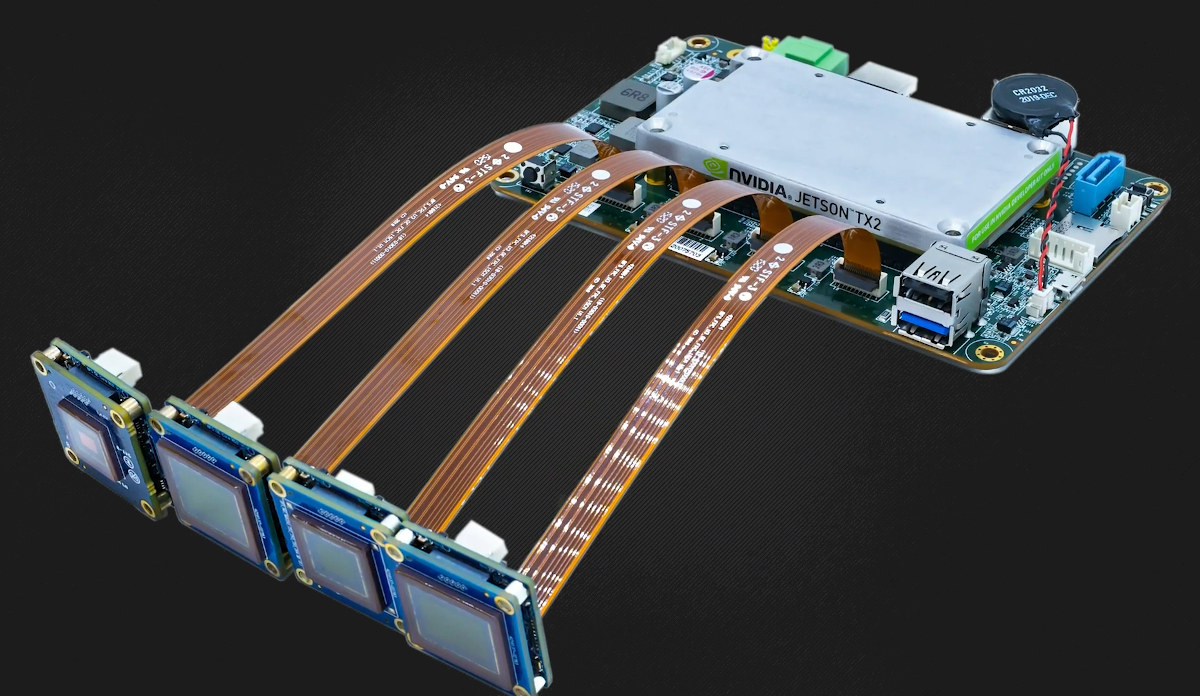When I completed my review of Raspberry Pi Zero 2 W, I mentioned I would test the power consumption of the board later. It took a while, but I’ve finally come around it using Otii Arc from Qoitech and Otii software to provide some pretty power consumption charts, and even energy consumption. Since the Raspberry Pi Foundation recommends a 5V/2.5A power supply, I’ll first try to get as close as possible as 2.5A, then I’ll go through tricks to reduce idle power consumption to less than 75 mA / 375 mW, and finally check the energy consumption under various CPU core count and frequency. Raspberry Pi Zero 2 W Power consumption under load, with accessories I started with the latest Raspberry Pi OS Lite “Bullseye” image and connected my Raspberry Pi Zero 2 W board to Qoitech Otii Arc tools as shown below. It used to cost around $500, but […]
ECS LIVA Z3 & Z3E mini PCs to ship with up to Pentium Silver N6000 Jasper Lake SoC
ECS has introduced the LIVA Z3 and LIVE Z3E mini PC equipped with an Intel Jasper Lake processor, either Pentium Silver N6000, or Celeron N5100/N4500, and designed for office, home entertainment, online learning, business applications such as digital signage, self-service kiosk, and more. The mini PCs support up to 16GB DDR4 dual-channel RAM, ship with up to 128GB eMMC 5.1 flash, which can be expanded with an M.2 PCIe 2280 SSD or/and a 2.5-inch SATA drive. ECS LIVA Z3(E) also comes with HDMI 2.0 and mini DisplayPort 4K video outputs, Gigabit Ethernet and WiFi 6 connectivity, as well USB 3.2 Gen 2 USB-C port. ECS LIVA Z3 specifications: Jasper Lake SoC (one or the other) Intel Celeron N4500 dual-core processor @ 1.1GHz / 2.8GHz (Burst frequency) with Intel UHD graphics; 6W TDP Intel Celeron N5100 quad-core processor @ 1.1GHz / 2.8GHz (Burst frequency) with Intel UHD graphics; 6W TDP Intel […]
StarFive VisionFive single board computer officially for sale, accelerating RISC-V ecosystem development (Sponsored)
San Francisco, U.S. – Dec. 8, 2021- at RISC-V Summit 2021, StarFive Technology Co., Ltd. (hereinafter “StarFive”), the leader of RISC-V software and hardware ecosystem in China, announced that “VisionFive” single-board computer is officially for sale. The availability of VisionFive signifies a breakthrough in RISC-V hardware for high-end applications to help accelerate the innovations of the global RISC-V industry and promote the improvement and development of the open-source software ecosystem to drive the realization of more innovative top-layer RISC-V applications. VisionFive open-source hardware enables a new level of innovation for the RISC-V ecosystem VisionFive, the first generation of cost-effective RISC-V single-board computer is designed to run Linux, with StarFive’s JH7100 vision processing SoC. The JH7100 SoC is equipped with a 64-bit high-performance RISC-V dual-core processor with a 2MB L2 cache, running at 1.5GHz, which is excellent for high-performance computing. The JH7100 SoC is further equipped with the deep learning processing […]
LoRa expansion boards work with Raspberry Pi SBC and Raspberry Pi Pico board (Crowdfunding)
We’ve covered a number of LoRa solutions based on Raspberry Pi boards, and SB Components is now offering another with the LoRa HAT for Raspberry Pi equipped with an Ebyte E22 LoRa module operating in either the 433 MHz, or 868 and 915 MHz bands. The company also offers a LoRa expansion for Pico based on the same E22 module, adding a small 1.14-inch LCD for information display, and designed for the Raspberry Pi Pico board with the RP2040 dual-core Cortex-M0+ microcontroller. LoRa HAT for Raspberry Pi specifications: LoRa connectivity LoRa Module (one or the other) Ebyte E22-900T22S based on SX1262, operating in the 850 MHz to 930 MHz band Ebyte E22-400T22S based on SX1268, operating in the 410 MHz to 493MHz band Supported frequencies – 433 MHz, 868 MHz, 915 MHz Range – Up to 5 km line-of-sight Antenna – SMA antenna connector USB – 1x Micro USB port […]
SolidRun unveils Sitara AM6442 SoM, HummingBoard-T AM64x carrier boards
When we first wrote about Texas Instruments AM64x 7-core processor for PLCs, motor drives, industrial robots, we noted SolidRun, TQ Embedded, and PHYTEC were working on system-on-modules based on the processor with availability scheduled for Q4 2021 or Q1 2022. SolidRun has now formally announced two TI Sitara AM6442 systems-on-module – Sitara AM6442R SOM and Sitara AM6442A SOM – as well as HummingBoard-T AM64x Base and Pro carrier boards for evaluation and development. SolidRun Sitara AM6442 SOM Both variants of the module share most of the same specifications: SoC – Texas Instruments Sitara AM6442 7-core processor with 2x Cortex A53 application cores @ 1.0 GHz, 4x Cortex R5 real-time cores @ 800 MHz, 1x Cortex M4 isolated core @ 400 MHz System Memory – 1GB DDR4 with inline ECC Storage 8GB eMMC AM6442A only – Optional QSPI flash Networking AM6442R 1x 10/100/1000 Mbps (PRU ICSSG, Supporting: TSN, EtherCAT, PROFINET, EtherNET/IP) […]
PicoVoice offline Voice AI engine gets free tier for up to 3 users
PicoVoice offline Voice AI engine has now a free tier that allows people to create custom wake words and voice commands easily for up to three users on any hardware including Raspberry Pi and Arduino boards. I first learned about PicoVoice about a year ago when the offline voice AI engine was showcased on a Raspberry Pi fitted with ReSpeaker 4-mic array to showcase the company’s Porcupine custom wake word engine, and Rhino Speech-to-Intent engine. The demo would support 9 wake words with Alexa, Bumblebee, Computer, Hey Google, Hey Siri, Jarvis, Picovoice, Porcupine, and Terminator. More importantly, the solution allows you to easily create your own custom words in minutes from a web interface by simply typing the selected wake word, with no need for hundreds of voice samples or waiting weeks to get it done. So I tried “Hey You” first, but I was told it was too short, […]
Review of an ESP32-based BLE to MQTT gateway – Part 1: GL.inet GL-S10 unboxing and teardown
GL.inet introduced the GL-S10 BLE to MQTT IoT gateway last month with an ESP32 module offering WiFi and Bluetooth connectivity, as well as Ethernet and PoE support. I got offered a sample for review, and just received it together with the optional BLE beacon. So today, I’ll first have a look at the content, and check out the hardware with a teardown. GL.inet GL-S10 unboxing The package shows us the main features with Bluetooth LE 4.2, WiFi, PoE, and external antenna, with GL-S10 described as a BLE IOT GATEWAY connecting IoT devices to the Cloud. The gateway ships with a getting started guide, an antenna, a USB cable for power, as well as the beacon which we can see with a 3M stick tape. On one side, we have the RJ45 connector for Ethernet and a micro USB port for power, while the other side features a reset button, plus […]
Teledyne FLIR Quartet Jetson TX2 carrier board supports up to four USB 3.0 cameras
There are already plenty of NVIDIA Jetson-based camera solutions from carrier boards to IP67 rugged cameras, but Teledyne FLIR has decided to launch its own with the Quartet carrier board for the Jetson TX2 module. The Quarter board is not designed to work with the thermal cameras the company is known for, but instead FLIR Blackfly S USB3 cameras designed for machine vision. Besides four TF38 USB 3.0 connectors, the carrier board also offers a SATA storage interface, HDMI video output, and extra USB Type-A ports for other peripherals. Teledyne FLIR Quartet (P/N ACC-01-6003) specifications: Supported SoMs – NVIDIA Jetson TX2, Jetson TX2i module Storage – SATA III connector, MicroSD card slot Video Output – 1x HDMI Type-A port up to 4Kp60 Camera Inputs – 4x USB 3.0 TF38 ports Other USB ports – 1x USB 3.0 Type-A port, 1x USB 2.0 Type-A port, 1x micro USB OTG port Misc […]


